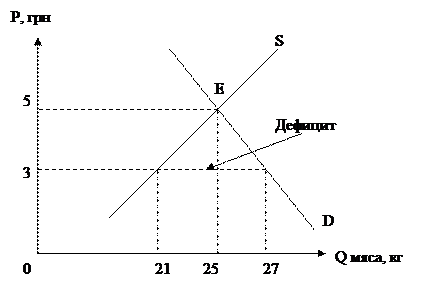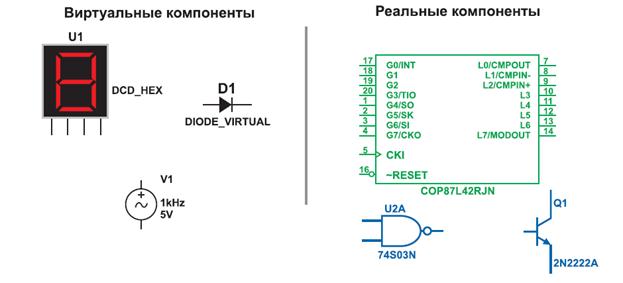Dynamics of bacterial growth
During the breeding is an increase in parallel and death of bacteriaThe phases of reproduction: 1. The initial (1-2 hours) - the number of bacterial cells was not increased 2. Propagation delay (the period of physiological adaptations, including the induction of new enzymes for the synthesis and assembly of ribosomes) - lag phase. Starting intensive growth of cells, but the low rate of division 3. The exponential (5-6 hours) – lag phase or logarithmic. Maximum speed of cell proliferation and an increase in the number of bacterial population exponentially. Processing time depends on the type of microbe, for example, for 14-min psevdomanad for tubercle bacillus-24 hr. 4. Negative acceleration (2 hours) - lower activity of the bacterial cells and the lengthening of the period of generation due to the depletion of the nutrient medium, the accumulation of metabolic products, and the O2 deficit. 5. Stationary (2 hours) – balance between the number of fatalities and the newly formed cells in a dormant state. Spore-forming bacteria (Bacillus, Clostridium) are able to move into the stage of sporulation. 6. accelerated death (3 hours) 7. logarithmic death (3 hours) 8. Reduce the rate of dying - on solid nutrient media grow colonies of microbes. Evaluation is carried growth of bacteria (dry weight, the amount in 1 ml), the microscopic examination, the color, ability to absorb light, etc. Breath bacteria - the process of obtaining energy. Obligate aerobes, anaerobes, facultative anaerobes microaerophiles (growth at elevated carbonic content. Gas and a low oxygen concentration), aerotolerant (survive but not grow within a short period of time in the presence of atmospheric oxygen). The mechanism of anaerobic For anaerobes O2 is a poison, as the action of oxygen produced H2O2 (peroxide), which destroys the cell. Death occurs due to lack of anaerobic catalase and superoxide dismutase-degrading enzymes of H2O2 and superoxide anion) Anaerobes (microaerophiles) can be grown under aerobic conditions, if you add the growing medium reducing (oxygen scavengers) - glucose, cysteine, Na succinate, etc. ways to grow anaerobes: -seeding Wednesday Kitt tarotstsi - prick-seeding in semi-solid agar column -crop on special protection and cultivation in anaerobic jars -seeding method vinyall veyona-agar in tubes -biological method Fortner - chemistry (in a desiccator with pyrogallol) Degree of aerobic and anaerobic microorganisms is expressed as a redox (redox) potential: rH2 (Eh) Wednesday oxygenated - rH2 = 41 Wednesday saturated with hydrogen - rH2 = 0 Anaerobes-rH2 = 12 (3-5 multipliedst) Obligate aerobes-rH2 = 14-20 Optional-rH2 = 0-20 rH2 - is a measure of the ability of a solution to give or accept electrons, ie oxidized or reduced. Measured in volts. Bacterial enzymes. Hydrolase desmolase, oxidoreductases, transferases, lyases, isomerases, ligases. Endoenzymes (released into the environment). Endofermenty (localized in the cell). Constitutive - synthesized in a cell without the presence of a particular substrate. Inducible - their concentration increases in the presence of a particular substrate. Nutrition -ensures the supply of nutrients into the cell provides energy-cell Bacteria consume: O, N, S, N, P, S, K, Ca, Mg, Fe, trace elements (or trace elements) - Mn, Mo, Zn, Cu, Co, Ni, Va, B, Cl, Na, Se, Si, Wo, etc. Additional substances necessary bacteria called. growth factors (vitamins, amino acids, purine and pyrimidine bases, lipids, ferroprotoporphyrin (hem), etc.). Growth factors produced or circle. environment or independently synthesized. Need bacteria growth factors is limited (Staphylococcus-0, 003 mg of thiamine, and 0.2 mg of nicotinic acid), i.e. Growth factors are not used as the energetic material, or plastic, but allow for regulation of metabolism. - The main types of growth factors: - A substance whose presence is required bacterial growth - Substances, the absence of which does not cause a complete stop the growth of culture - Material synthesized by bacteria and directly adding to the medium which необязательно Culture media: 1.easy, complex 2.Zhidkie, semi, thick-consistency 3.Estestvennye, artificial, synthetic 4.osnovnye - (MPA, MPB) special (elective, electoral) - VSA, SC, Lowenstein-Jensen medium with tellurite, etc.) differential diagnosis - Endo Ploskireva etc.
|




